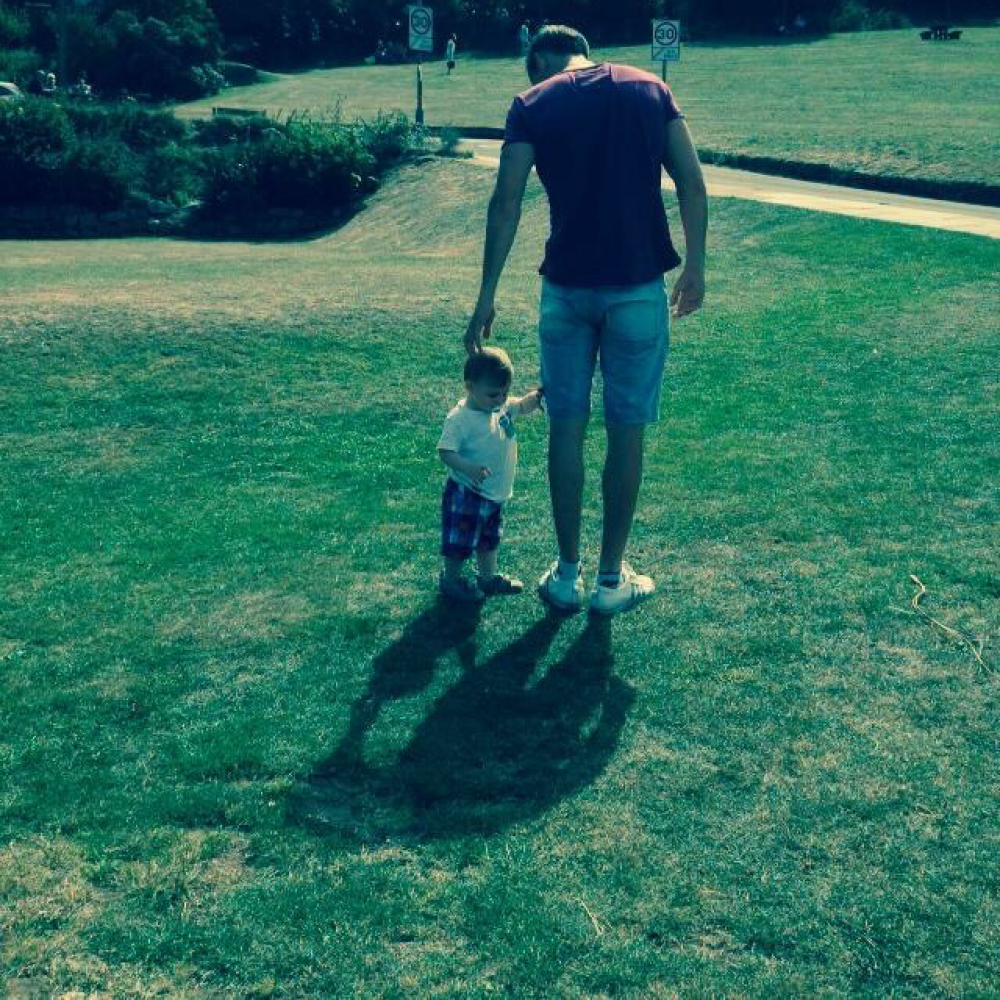What happens to my hips when I run?
When you run, maximum hip extension occurs at the ‘toe off’ stage of your gait (when your planted foot has weight mainly on the toes and is about to come back off the floor). Equally, as your running speed increases, you create greater movement around your hip (Novacheck, 1998) as a biproduct of the greater amounts of force been generated into the ground beneath you. This is the same as throwing a rubber ball into the ground – the more forcefully you throw it, the greater the height the ball will bounce back.
How much hip extension takes place when you run?
In regards to hip extension, runners are shown to extend their hip around 10-15° at ‘toe off’ (Koblbauer et al. 2013). However, whether altering this actually makes you a faster runner is highly questionable and below is a superb example of how reading science or information in isolation can be misleading to you as a triathlete.
How does hip extension differ between elite and amateur runners?
One study reported elite runners demonstrated greater hip extension in comparison to amateur runners (Rueda et al. 2017), whereas another reported there was no significant difference when running on a road at a typical race pace (Herbert-Losier et al. 2015). What is easy to miss, though, is that in the first study the subjects ran at different speeds and, while only subtle, the faster speed of the professional runners could be argued to naturally cause of the greater hip extension, instead of anything technically superior with their gait.
So does hip extension matter?
You could argue on one hand that more hip extension could aid running performance, as it enables you to benefit from utilising additional muscles to assist propulsion. Equally, it would be fair to say the opposite whereby this added extension could increase the energy cost of running and consequently wouldn’t be advantageous. The answer is no one has really studied this in a way which directly answers this specific question. Ultimately, it doesn’t matter. But why?
So what does matter?
We know from strength and conditioning that the ability to develop strength during hip extension is a key attribute, as this movement is a foundation of running and athletic performance. However, this isn’t in regard to ‘how much your hip moves’, but rather your ability to generate force via your strength at the hip. For example, improving your strength and power during hip extension-based movements is an outcome of strength training, whereby studies have shown using strength training to improve running performance is likely associated to runners’ and triathletes’ greater capacity to cope with and generate force (Millet et al. 2002). This is why making favourable improvements in running performance should shift away from how much limbs move; instead, it should focus on how well they can perform when in contact with the ground.
In a recent piece of innovative science on running and technique from Cardiff Metropolitan University, it was concluded that focus in runners and coaches needs to shift more towards what happens on ground contact, instead of purely focusing on limb movement (Moore et al. 2019). Our experience working as strength and conditioning coaches with triathletes and runners, along with this growing evidence scientifically, is demonstrating more the need to view improving technique in running by improving strength-related qualities firstly, to then unlock the ability to adopt gait changes that can improve performance.
How can I improve my hip strength for running, then?
As we wrote about in the article ‘why is good hip strength important for running’, improving your ability to generate force in your key hip muscles, such as your gluteals via strength training, is important for a number of reasons. This acts to develop your physical toolbox for your body to utilise in the best way to execute a running gait most optimal for you, which also improves your ability to use less energy at a given running speed. We suggest you read this article for further details on how to do this and common errors associated with it, to achieve the best improvements in your triathlon running performance.
- Why is glute strength important?
- What’s the best foot strike for running?
- Hip osteoarthritis: What it is and how to manage it
- Hip pain: diagnosis and causes
- What’s the difference between your abductors and adductors?
Dave Cripps is the director of TriTenacious, a leading online strength and conditioning resource for triathletes, and Coalition Performance.
He holds both BSc and MSc degrees in sport and exercise science and is a fully accredited strength and conditioning coach by the UK Strength and Conditioning Association. He’s worked professionally as a strength and conditioning coach for over a decade, in over 20 sports at both world class and amateur levels, including triathlon, cycling, running and swimming.
Header image by Getty Images
